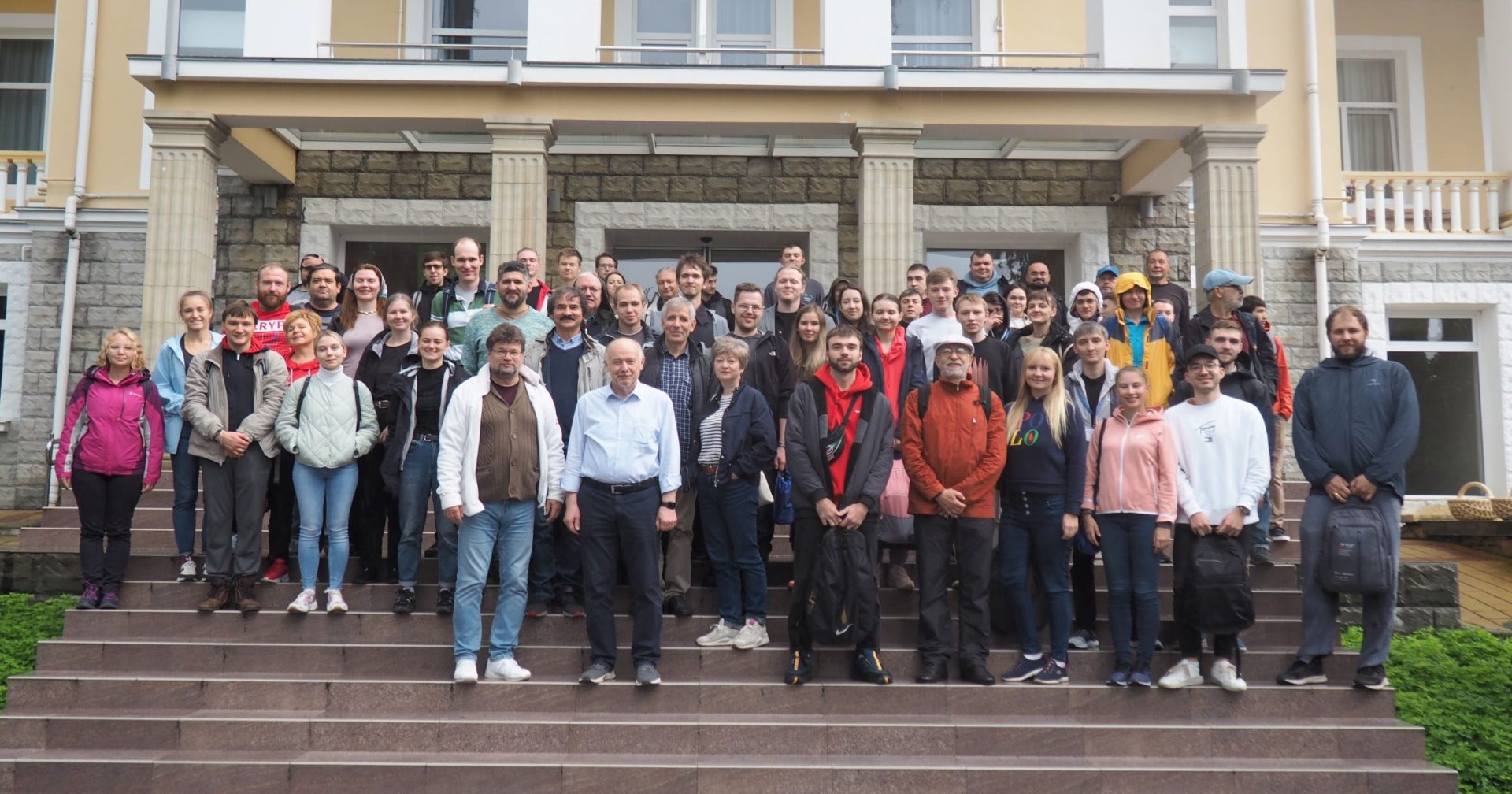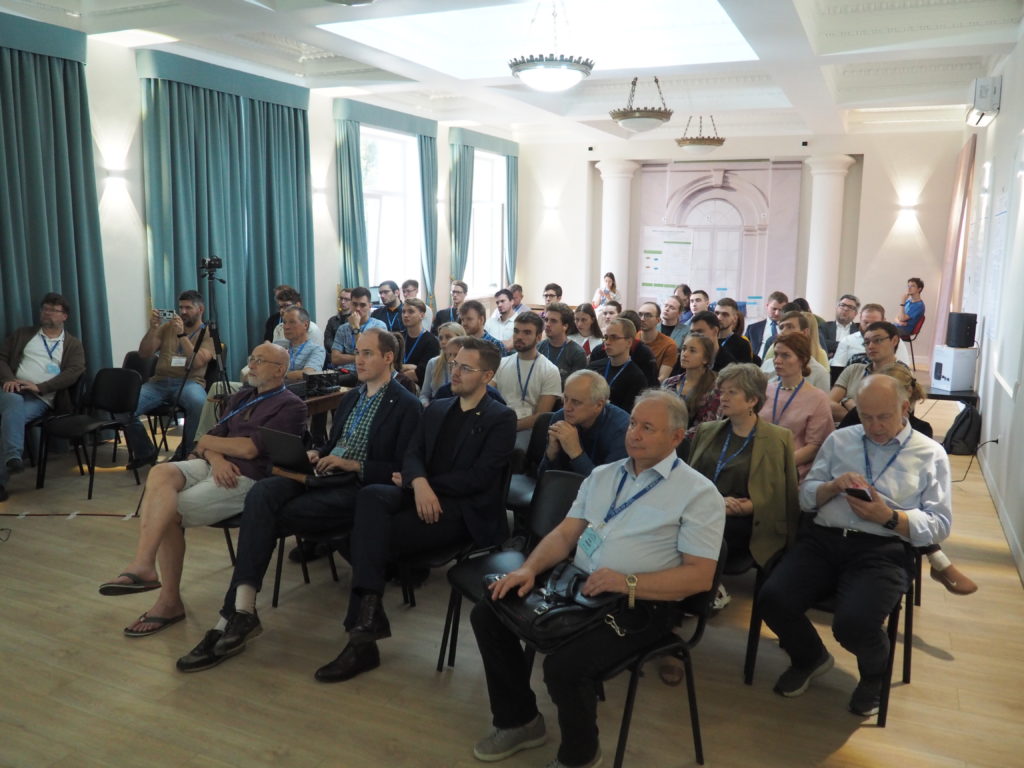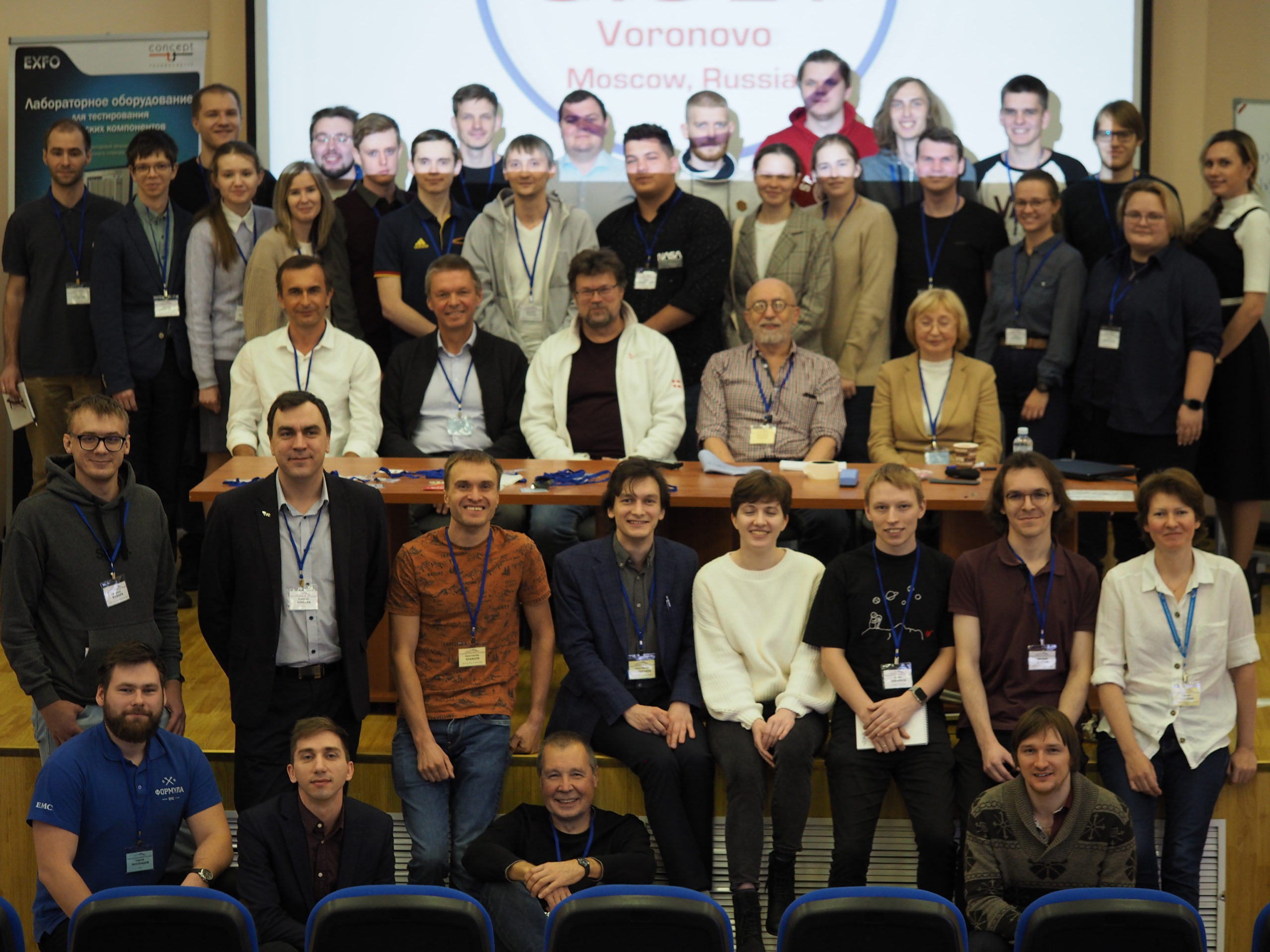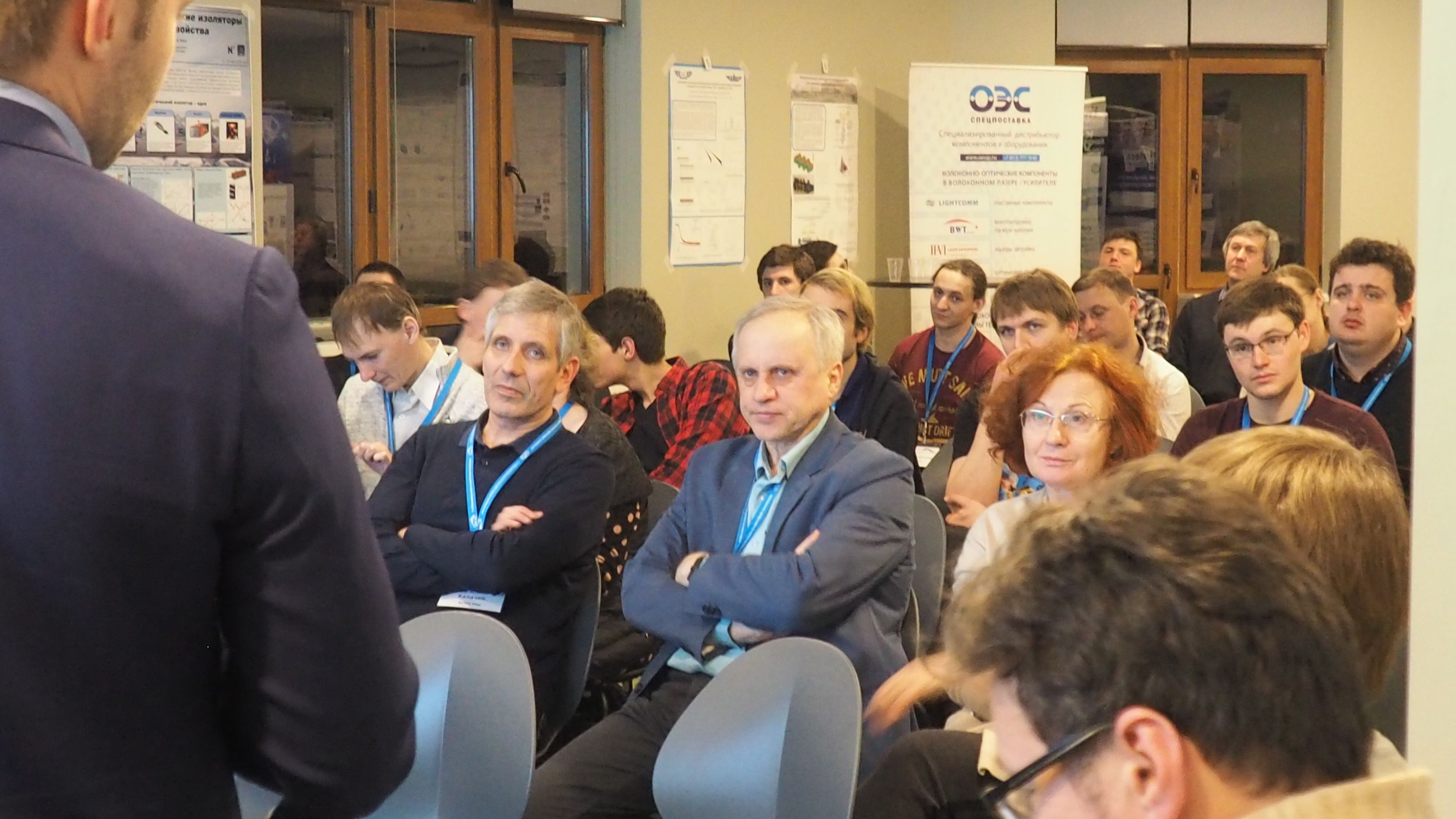The 5th international school on quantum technologies was held in the Art Hotel (Khosta, Sochi) from October 2 to 8, 2022.
The QTS’22 was attended by 74 people (15 lecturers, and 48 students, of which 37 people participated in the poster section). The School delivered lectures on quantum computing, quantum optics, quantum cryptography and quantum technologies.
In addition to students, graduate students, and employees of scientific organizations, representatives of commercial organizations also participated in the work of the School: Infotecs, ExpertLabs, ETM Photonics.
Distribution of participants by city:

QTS’22 PROCEEDINDS
QTS’22 PROGRAM
OUR LECTURERS

Sergey Kulik
Quantum Technology Centre, Lomonosov Moscow State University
Nobel prize in physics 2022
Quantum computing
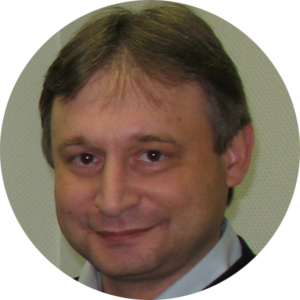
Igor Ryabtsev
Rzhanov Institute of Semiconductor Physics,
Novosibirsk State University
Rydberg atoms and their application
Highly excited Rydberg atoms with the principal quantum number n>>1 have many unique properties compared to low-excited atoms: large electron orbit radius (~n2), large dipole moments of transitions between neighboring states (~n2), strong long-range interactions (~n4—n11), long radiative lifetimes (~n3—n5), huge polarizabilities (~n7), etc. Laser and microwave spectroscopy of Rydberg atoms can reveal these properties by observing the quantum interference, dephasing, shifts or broadenings of various resonances in single Rydberg atoms. Single Rydberg atoms are detected using the selective field ionization technique. Control of long-range interactions between Rydberg atoms by laser and microwave radiations, as well as by external electric and magnetic fields, forms the basis for quantum information processing with neutral trapped atoms. Rydberg atoms can also be used as high-precision sensors of the dc and ac electric fields.
In this lecture we will give an overview of the methods to study and manipulate Rydberg atoms and their mesoscopic ensembles, and consider possible applications of Rydberg atoms in quantum information processing and quantum sensors. We will also present our experimental and theoretical results on laser and microwave spectroscopy of cold Rb Rydberg atoms and their many-body interactions.
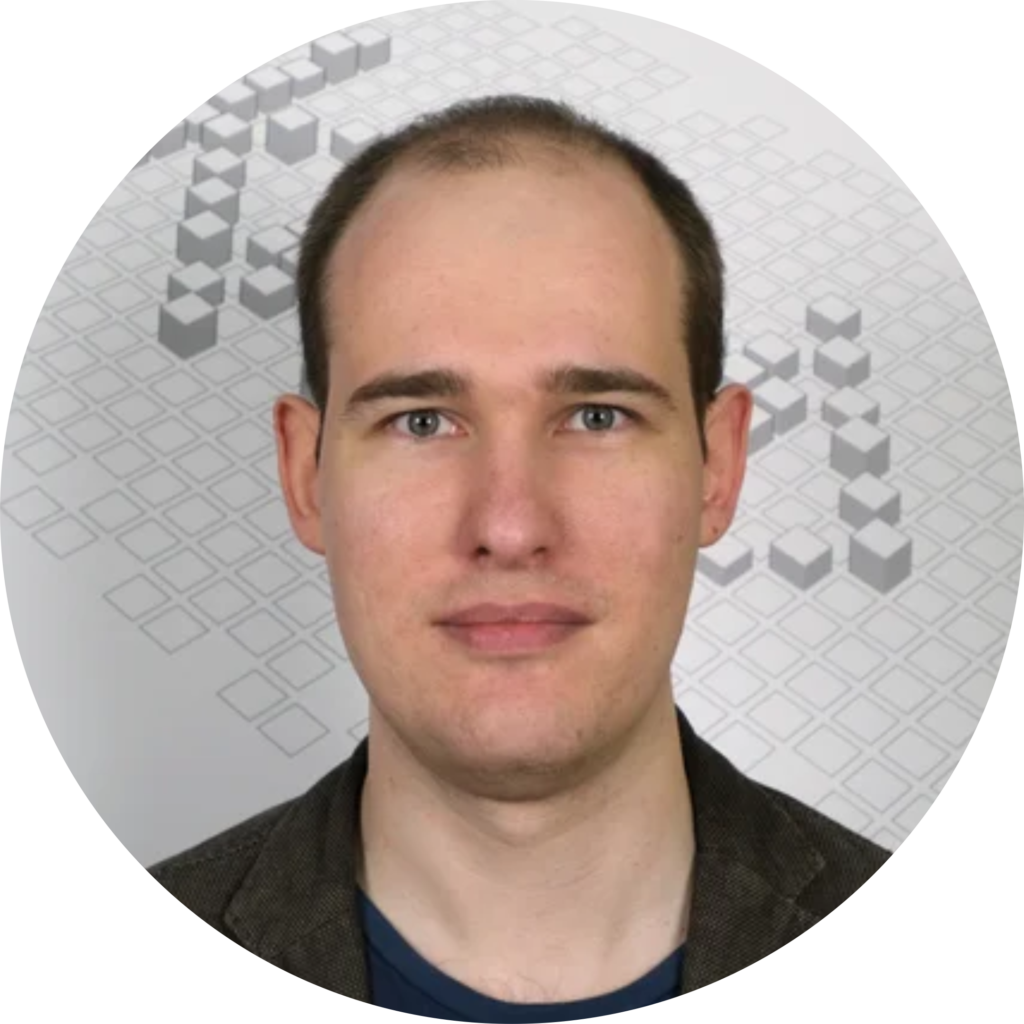
Gleb Struchalin
Lomonosov Moscow State University
Quantum state and process tomography
(by qubit example)
Quantum tomography is a procedure that estimates an unknown quantum state or a process, given the results of measurements. There exists a broad range of tomography protocols that vary in strategies for measurement selection and data processing. In this educational lecture, we focus on the basics of quantum tomography, especially, the single qubit case. The introductory part includes pictorial Bloch vector representation, measurement POVM formalism, and the mathematical description of quantum processes (the operator sum and the chi matrix). Then linear inversion and maximum likelihood methods for quantum tomography are discussed.
The lecture is accompanied by a hackathon, where the participants will try to implement a quantum tomography of an unknown process («black box»). The black box can be accessed via the internet by sending measurement requests and reading the results. The participants will be divided into teams. Programming skills are required.
The lecture is accompanied by a hackathon.
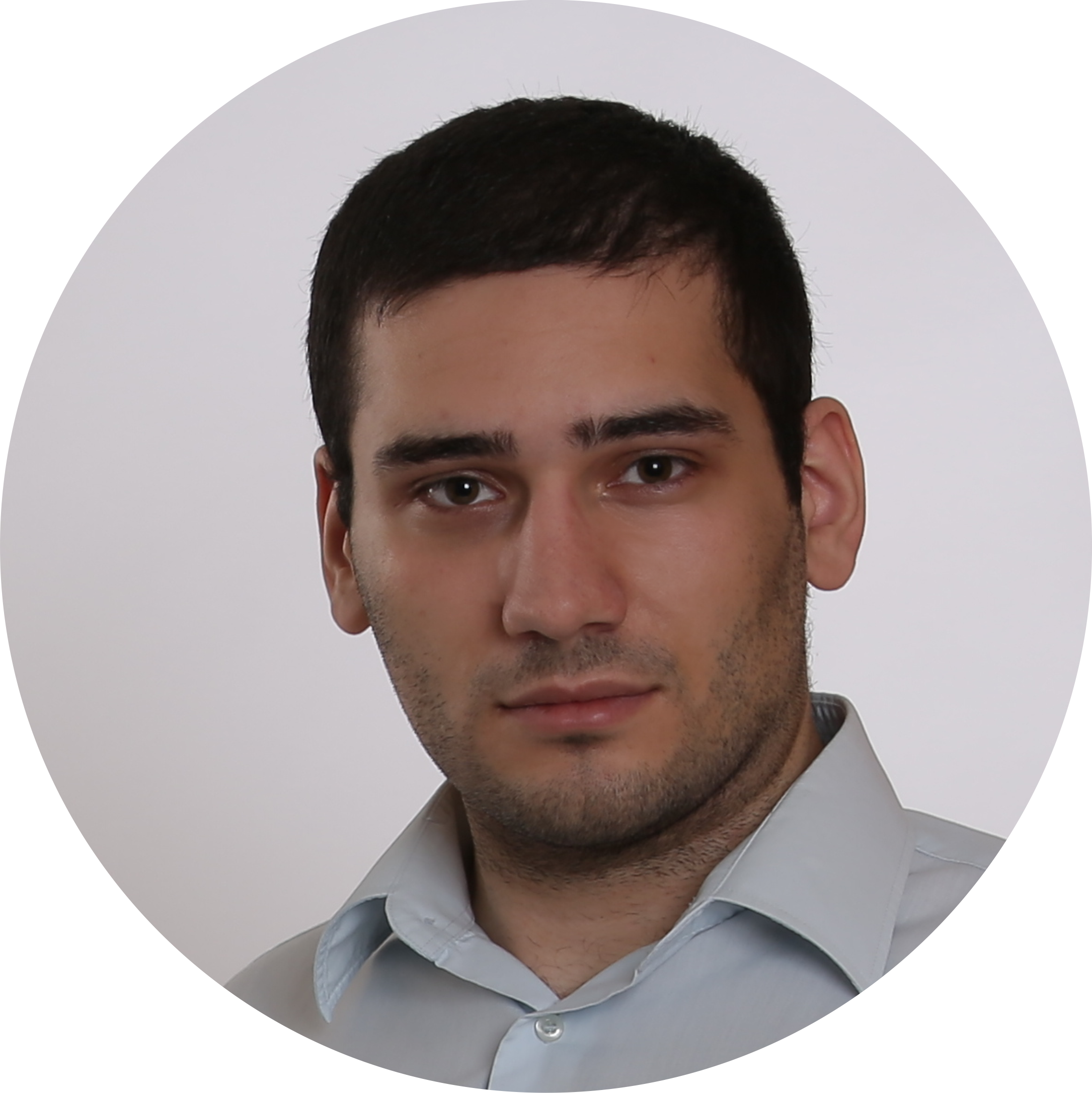
Suren Fldzhyan
Lomonosov Moscow State University
Photonic quantum computing. Perspectives, major issues and solution approaches
Optical quantum computing, in particular, linear optical quantum computing, is one of the major contender physical platforms for performing quantum computing.However, using optical photons to perform quantum algorithms has its peculiarities that makes the platform radically different from the others.The lecture is devoted to the advantages photonics can offer for quantum computing, as well as the issues to overcome on the way to a practical quantum computer.
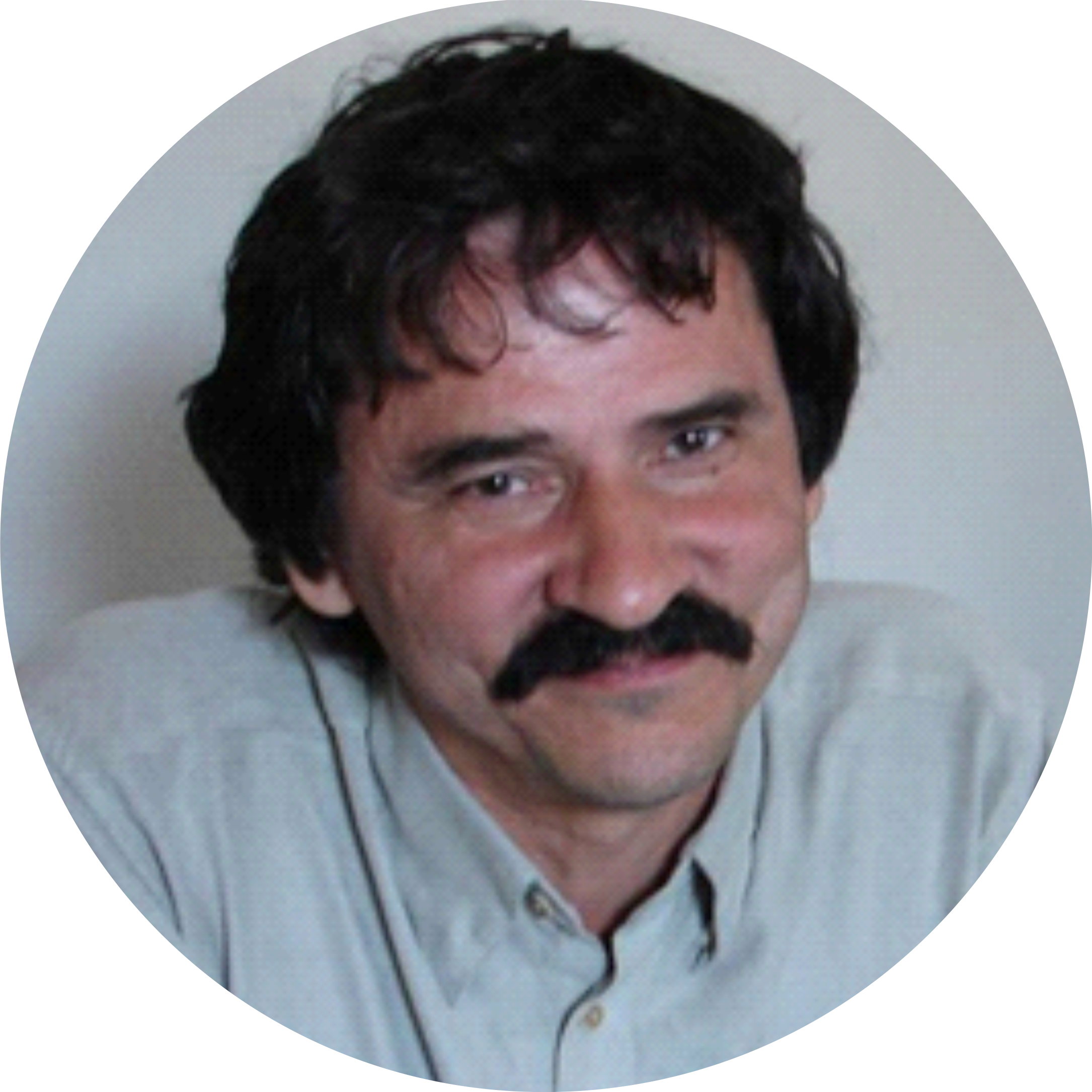
Valery Ryazanov
Institute of Solid State Physics, RAS
Russian Quantum Center
Multiqubit systems based on superconducting coherent structures
An overview of the existing achievements in the field of superconducting quantum electronics in Russia will be given. The basics of fabrication technology and functionality of superconducting qubits as well as preparation and control of quantum states for such qubits, quantum tomography of prepared states will be discussed. It will be presented realization and precision control of single-qubit and two-qubit quantum gate operations. Implementations of the Grover quantum algorithm and several quantum simulators will be discussed too.
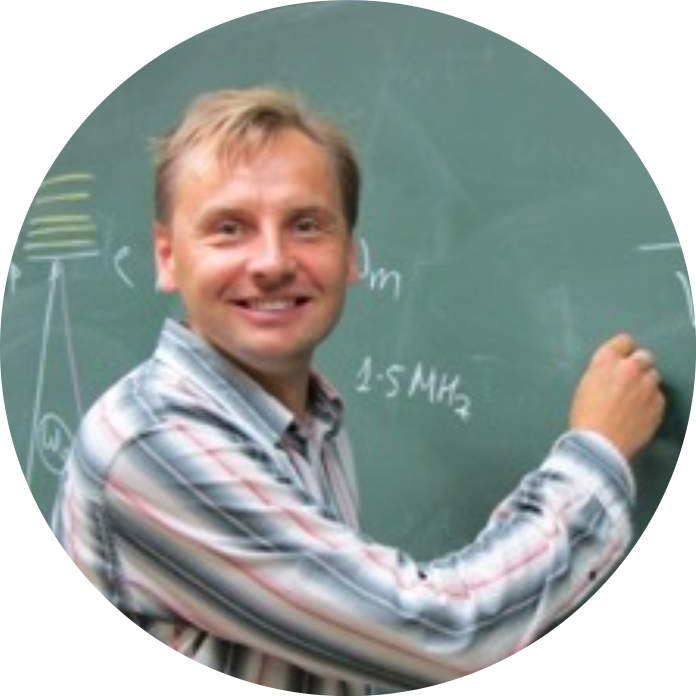
Nikolai Kolachevsky
Lebedev Physical Institute, RAS
Modern frequency standards in quantum sensorics
We present some operation principles of modern optical clocks based on laser-cooled atoms and ions. The accuracy has already stepped over 18 decimal digit and is already two orders of magnitude higher compared to the accuracy of primary cesium fountains. Besides a wide range of practical applications — in global positioning systems, high-speed data transfer, gravimetry — high-precision clocks are widely used in fundamental physics, such as searching for the drift of fundamental constants, searching for dark matter, and checking Lorentz invariance. Some promising directions for further development are presented, e.g. using quantum logic, multiply charged ions and optical nuclear transition in the thorium-229.
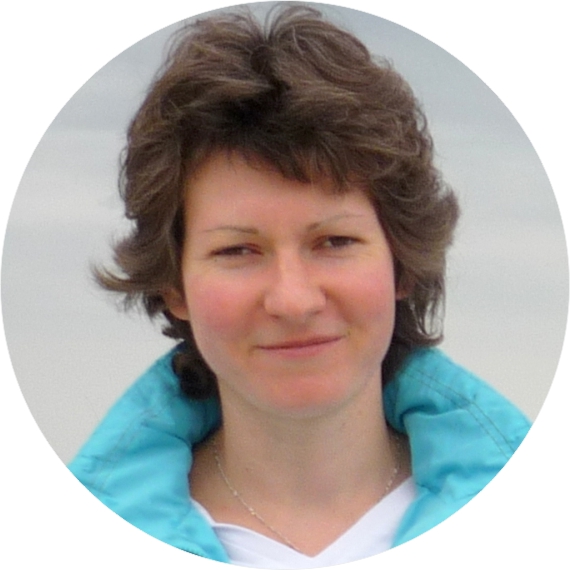
Tania Pavlova
Prokhorov General Physics Institute of the RAS, National Research University Higher School of Economics
Donor spin qubits in silicon
Donors in silicon are promising for the implementation of scalable quantum information processing, and to date, large coherence times and high-precision operations have already been demonstrated. In this lecture, we introduce one- and two-qubit gates, initialization and readout for the electron and nuclear spins of the phosphorus atom. We discuss two different strategies for the fabrication of donor qubits in silicon, such as high-precision scanning probe lithography and ion implantation. We will focus on current challenges and consider potential solutions. The similarities between donor spin qubits and quantum dot-based qubits will be pointed out. We conclude by reviewing recent developments in this area.

Sergey Kulik
Quantum Technology Centre, Lomonosov Moscow State University
Quantum Computations: Troubles and Perspectives
Quantum optics

Sergey Kilin
B.I.Stepanov Institute of Physics, Belarus
Key for a Hidden Quantum State
Quantum trajectories are crucial to understanding the evolution of open systems. We consider an open cavity mode undergoing up and down multistate quantum jumps due to the emission and absorption of photons. We prove that among all sub-trajectories, starting simultaneously from different photon number states, only one survives a long single-run evolution. A random Fock state terminating the sub-trajectory becomes known for the ergodic case via the key — the processed record of the input and output photocounts, and the trajectory duration. Based on this result, we propose a robust protocol to infer the Fock state, a valuable resource for quantum applications. We also show that the considered quantum stochastic birth and death (BD) process has the classical counterpart, the collective BD process, which requires for its implementation not one but many classical objects, all evolving together with collective rules that determine the random jumps and their waiting times, and which has not yet been discussed in the literature.
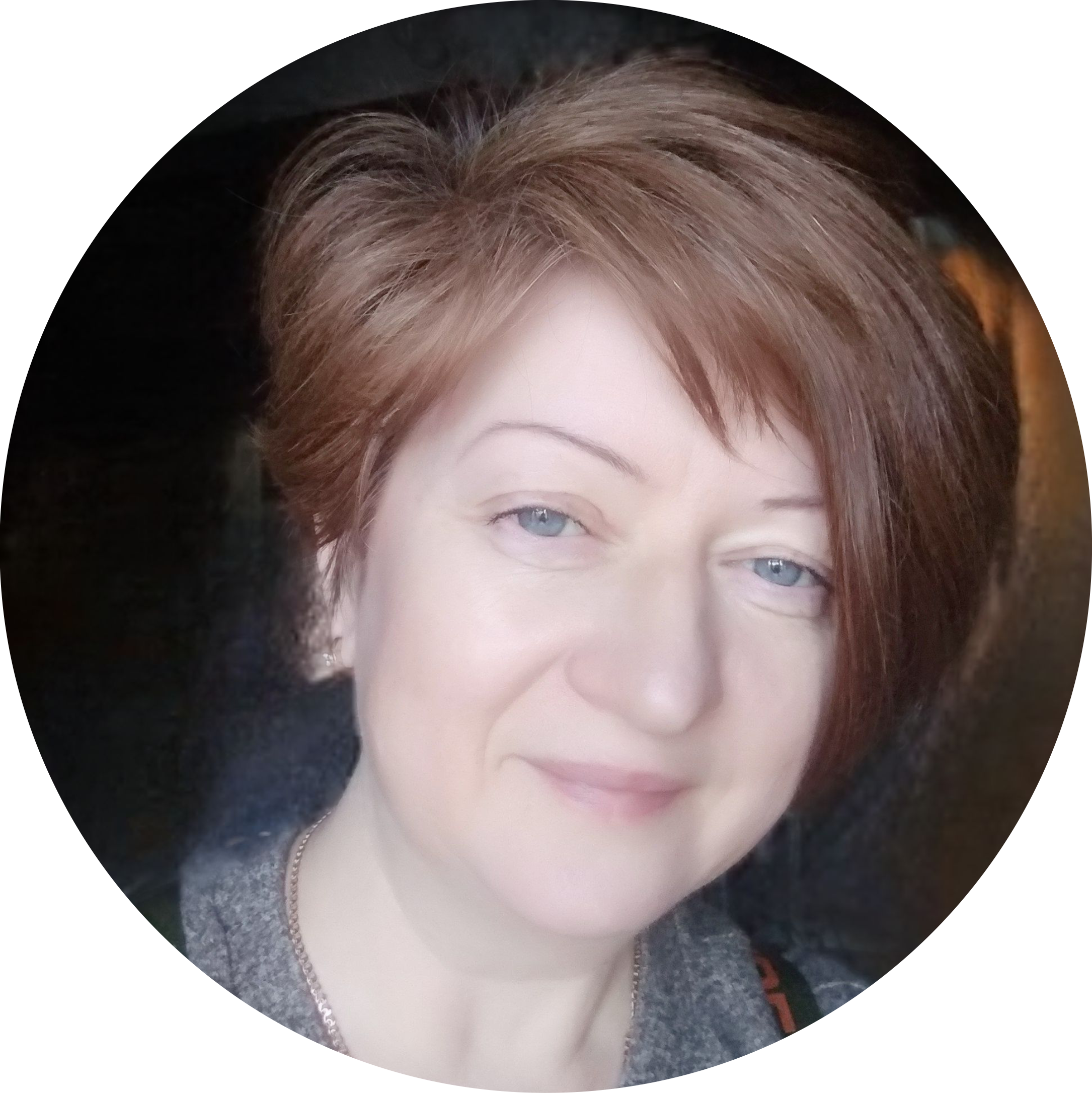
Tatiana Golubeva
St Peterburg University
Quantum cluster states and one-way computing: expectation and reality
This lecture introduces you to an alternative model of quantum computing – one-way (measurement-based) quantum computation. This model does not have any classical prototype. We will discuss how to create a resource state for such type of computation – quantum cluster states, and haw to realize different operations on this base. You will learn about the features of constructing computations in discrete and continuous variables, and what difficulties are encountered in the implementation of both.
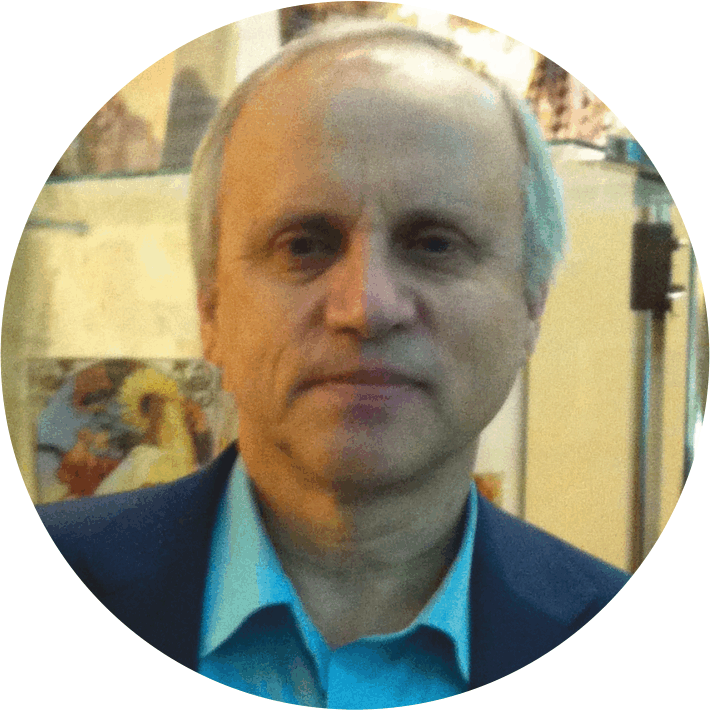
Sergey Moiseev
Kazan Quantum Center, Kazan National Research Technical University,
Zavoisky Physical-Technical Institute
Quantum memory in waveguides and resonator circuits
Progress in integrated quantum photonics pushes a development of on-chip optical quantum memory. Recently, several experiments demonstrated quantum storage in optical and microwave resonators as well as in crystal waveguides. We outline the physical principles and new possibilities in the implementation of quantum memory based on the use of optical and microwave resonators. Latest our experimental results obtained on the implementation of highly efficient multiresonator quantum memory for microwave photons and prospects for its practical use are discussed. We show that the use of the McCall-Hahn area theorem and its generalization to echo signal emission makes it possible to study the general nonlinear patterns of photon echo signals in free space in resonators and waveguides. We derive pulse-area theorem for coherent interaction of light pulse with resonant atoms in single mode waveguide and find its analytical solution which shows a striking difference in the formation of 2 pi pulses in such waveguides. Finally, we generalize this theorem to photon echo quantum memory protocols in different waveguides and we discuss experimental results obtained in the implementation of optical quantum memory in crystal waveguides as well as the prospects for its practical use.
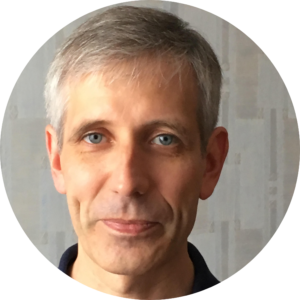
Alexey Kalachev
Federal Research Center “Kazan Scientific Ceneter of the Russian Academy of Science”
Generating single-photon qudits via optical nonlinear effects
In this lecture, I would like to discuss some promising schemes of heralded sources of single photons based on spontaneous parametric down-conversion (SPDC) and spontaneous four-wave mixing (SFWM), which allow one to control the single-photon state with the highest heralded efficiency. All these schemes are united by one general principle — the single-photon state is controlled by manipulating the pump field alone. We start with the problem of single-photon pulse shaping via cavity SPDC and consider the principles of generating single-photon time-bin qubits and qudits compatible with quantum memory devices. Then, we consider integrated SFWM-based single-photon sources based on a system of coupled ring microresonators, which allow one to generate frequency-bin qubits with the highest purity and efficiency. Finally, we consider examples of the use of such sources, in particular, the experimental implementation of quantum hashing based on the preparation of single-photon qubits in the basis of orbital angular momentum.
Quantum communications

Alexey Urivskiy
Infotecs
Quantum key distribution protocols for quantum networks based on trusted nodes
We consider design principles of network quantum key distribution protocols based on the usage of trusted intermediate nodes. Quantum networks in practice are not able to produce quantum keys for an arbitrary pair of nodes. This implies the concept of the so-called quantum-protected keys. We investigate possible design approaches to establishing uantum-protected keys in networks of arbitrary topologies. Security of and level of trust to those keys are discussed as well as performance of the protocols.
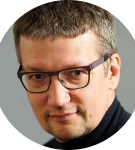
Alexey Odinokov
Innopraktika
Practical deployments of QKD Networks
QKD systems become mature and number of Russian vendors are making QKD products available for actual deployment. While these QKD go through mandatory certifications it is important to start testbed deployments. So you will learn about how to enable QKD deployment including what is the unique competitive advantage of QKD systems. We will review possible usage scenarios. Look into value creation chain in QKD communication — how technology is being transfered from the lab to the market. We will try to understand business models of bringing QKD to the market. Also will look at the estimation of market structure and dynamics. We will talk about testbed QKD project in Russia based on the NICS (National research computer network), which will connect trial QKD networks set up in Moscow and St. Petersburg. Further we will discuss potential scaling of this QKD testbed over to the major Russian science and education centers. Finally it is important to understand the challenges and opportunities.
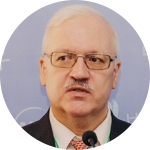
Andrey Korolkov
MIREA — Russian Technological University, Academy of Cryptography of the RF
Some features of educational practice and scientific research in the field of quantum communications
The lecture considers considerations and proposals for improving the topics of key disciplines and areas of scientific research in order to accelerate the implementation of domestic achievements in quantum cryptography and ensure their high quality. The proposals are based on the results of the analysis of educational programs of leading Russian educational institutions of higher education in the field of quantum technologies.

Sergey Alferov
Infotecs
Practical Approaches to Protecting Quantum Key Distribution Systems against Laser Damage Attack
The security of quantum key distribution is traditionally associated with fundamental laws of quantum mechanics. However, practical implementations usually have imperfections resulting in vulnerability. One of the attacks on practical implementation is the Laser Damage Attack (LDA). Quantum key distribution systems under LDA become vulnerable because intense laser radiation from a fiber optic communication line changes the characteristics of optical elements, reducing their attenuation coefficient. We will consider several approaches against LDA, which were designed and experimentally researched by the Company’s employees
Poster session
1. «Partial Key Leak Based Qubit-Optimized Quantum Grover Attack on Simplified-AES» Alexey Moiseevskiy
2. «Control of superconducting qubits by single flux quantum pulses» M. Bastrakova, V.Vozhakov, N.V. Klenov, I.I. Soloviev, A.M. Satanin
3. «Resource theory of quantum computation» Anastasiia Poshevkina, Sergey Korolev
4. «Quantum simulation of fermionic systems using hybrid digital-analog quantum computing approach» Nikita Guseynov, Walter Pogosov
5. «Quantum error reduction with deep neural network applied at the post-processing stage» Andrey Zhukov, Walter Pogosov
6. «Solving systems of linear equations on a quantum computer without ancilla postselection» Danila Babukhin
7. «Study of single-photon detector blinding attack with modulated bright light» Daniil Bulavkin, Kirill Bugai, Dmitriy Dvoretskiy
8. «Experimental realization of quantum key distribution based on B92 protocol with strong reference pulses» Polina Vinetskaya, Konstantin Kravtsov
9. «Phase-encoded QKD over a multi-mode communication line» Vladislav Tretiakov, Konstantin Kravtsov
10. «Laser Damage Attack on a Simple Optical Attenuator Widely Used in Fiber-based QKD Systems» Bugai K.E., Zyzykin A.P., Bulavkin D.S., Dvoretskiy D.A.
11. «Influence of QKD apparatus parameters on the “backflash” attack» Sergey Bogdanov, Ivan Sushchev, Andrey Klimov
12. «Experimental security analysis of fiber-based QKD systems outside the telecom spectral region» Ivan Sushchev, Sergey Bogdanov, Andrey Klimov
13. «Raman cooling in attenuators doped with optically active impurities» V.G. Krishtop, V.G. Popov, K.E. Bugay, D.A. Dvoretskiy
14. «Study of the Vulnerability of Neutral Optical Filters Used in Quantum Key Distribution Systems against Laser Damage Attack» Sergei Alferov, Kirill Bugai, Ivan Pargachev
15. «Localization microscopy of single photon emitters in locally strained monolayer semiconductor» Artem Abramov, Igor Chestnov, Ivan Iorsh, Vasily Kravtsov
16. «Radial Index Operator of Laguerre-Gaussian Modes and Zernike Modes» D.D. Reshetnikov, A.S. Losev
17. «Impact of finite squeezing of non-Gaussian resource state on Schrödinger cat states prepared by a measurement-based logical gate and applicability of monotones» A.V. Baeva, I.V. Sokolov
18. «Improvement of Kerr QND Measurement Sensitivity via Squeezed Vacuum Input Field» Dariya Salykina, Stepan Balybin
19. «High fidelity quantum logic gate for OAM single qudits» Elizaveta Bashmakova, Evgenii Vashukevich, Tatiana Golubeva, Yuri Golubev
20. «Feedback Control Outside of the Controlled System» Vladimir Tomilin
21. «Development of tomography methods for photon-number-resolving single-photon detectors, and their approbation on the simplest models» Semyon Zarutskiy, Konstantin Katamadze, Grant Avosopiants, Boris Bantysh, Nadezhda Borshchevskaya.
22. «PCF Source of Visible-Telecom Photon Pairs» Albert F. Khairullin, Maxim A. Smirnov, Ilya V. Fedotov, Sergey A. Moiseev, Alexey M. Zheltikov
23. «Multiqudit quantum hashing via orbital angular momentum of light» Dmitriy Akat’ev, Alexander Vasiliev, Nail Shafeev, Farid Ablayev, Alexey Kalachev
24. «Laser noises influence on Raman oscillations of rydberg atoms» A.P.Gordeev, D.Schepanovich, I.B.Bobrov, S.S.Straupe
25. «Graphene coated nickel tips for STM lithography with atomic precision» Ekaterina Mirgazizova, Tatyana Pavlova, Konstantin Eltsov
26. «Disorder-Induced Dynamical Quantum Phase Transitions in Transverse Field Ising Model» Oleg Kulyashov, Anton Markov and Alexey Rubtsov
27. «Breakdown of the topological charge pumping» Ivan Dudinets
28. «Quantum dissipative dynamics of a superconducting neuron» Pavel Pikunov, Dmitriy Pashin, Marina Bastrakova
29. «Bifurcation oscillator as an advanced sensor for quantum state control» Dmitrii Pashin, Marina Bastrakova, Arkady Satanin, Nikolay Klenov
30. «Generalized Toffoli Gate Decomposition with Qutrits» A.S. Nikolaeva, E.O. Kiktenko, A.K. Fedorov
31. «Design and application of a broadband Josephson parametric amplifier for dispersive qubit readout» A.E. Dorogov, G.P. Fedorov, D.A. Kalacheva, A.Yu. Dmitriev, A.N. Bolgar, N.N. Abramov, O.V. Astafiev
32. «Towards deep quantum learning in superconducting qubits» Alexey Tolstobrov, Gleb Fedorov, Darya Kalacheva, Viktor Lubsanov, Aleksey Bolgar, Shamil Kadyrmetov and Oleg V. Astafiev
33. «Switching of superconducting logic element due to single flux quantum pulses» Dmitriy A. Rybin, Dmitrii S. Pashin, Marina V. Bastrakova, Andrey E. Schegolev, Nikolay V. Klenov, Igor I. Soloviev
34. «Using ab initio methods for quantum technologies» Maria Kaplun, Valery Beskachko
35. «Ground state cooling of 171YB ion via quadrupole transition» Vasilii Smirnov, Ilia Semerikov, Ilia Zalivako, Alexander Borisenko, Mikhail Aksenov, Pavel Sidorov, Nikita Semenin, Igor Zhuravlev, Ksenia Khabarova, Nikolai Kolachevskiy
36. «Efficient Ultracold Atoms Source for Quantum Sensing» A.E. Afanasiev, A.S. Kalmykov, R.V. Kirtaev, P.I. Skakunenko, D.V. Bykova, A.A. Kortel, D.V. Negrov, V.I. Balykin
37. «Deep laser cooling of $^{6}$Li atoms in two-field configuration MOT» Roman Ilenkov, Oleg Prudnikov, Anna Kirpichnikova
Venue & Accomodation
Sochi, Khosta, Kiparisovaya str. 6
Культурная программа

Среда, 5 октября 2022г. Экскурсионный день.
Джип – тур «Кругозор Аишха» (https://ridersbike.ru/krugozor-aishha) с ужином в этно-ресторане «Амшенский двор»
Завтрак 7.00-8.00
Выезд из отеля 8.00
Джип тур «Кругозор Аишха» на внедорожниках уровня Lexus LX 470, Toyota Land Cruiser 80, Nissan Patrol 5.
Ужин в ресторане «Амшенский двор» 18.00-20.00
Возвращение в отель. 21.00
